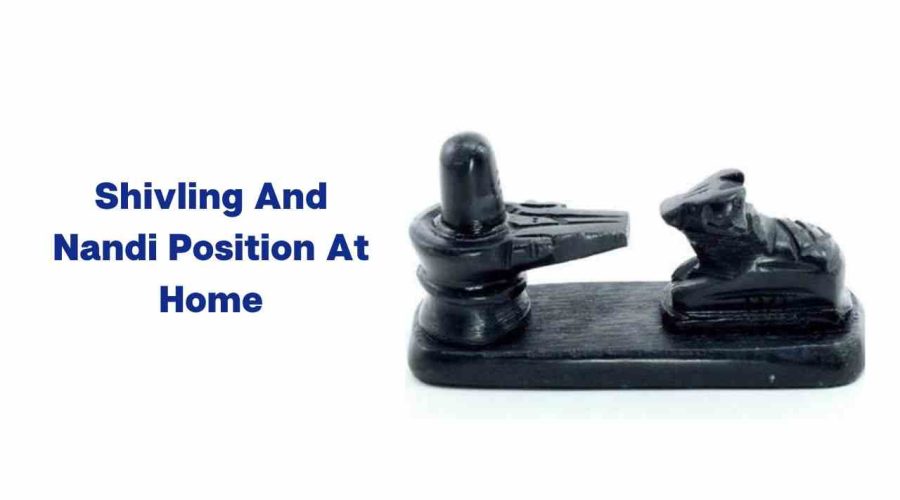Shivling And Nandi Position At Home: Know the Best Direction to Keep Lord Shiva in Home
Which way should Lord Shiva face? Tell us about your home’s shivling and Nandi posture. Can we maintain a picture of Lord Shiva at home? Also, is it okay to have more than one shivling at home? Recognize the differences between black and white shivling.
Lord Shiva
The universe is created, protected, and transformed by Lord Shiva, the Supreme Lord. Within the Trimurti, the Hindu trinity that also includes Brahma and Vishnu, Shiva is referred to as “The Destroyer.” In his beneficent forms, Lord Shiva is shown as both an ascetic Yogi who lives an ascetic life on Mount Kailash with his wife Parvati and their two children, Ganesha and Kartikeya, and as a householder with Parvati. He is frequently pictured killing demons in his fearsome forms.
Shiva, his consort Parvati, and their offspring Ganesha and Kartikeya all resided atop Mount Kailash in the Himalayas as their residence. According to Hindu mythology, Mount Kailasha represents the centre of the cosmos and is thought to resemble a Linga. The Indus, Sutlej, Brahmaputra, and Karnali, four of the longest Asian rivers, have their sources close to Lake Manasarovar and Lake Rakshastal, which are also nearby.
Which Side Lord Shiva Should Face?
Lord Shiva should face the North at all times. His residence is in this way because Mount Kailasha and Lord Shiva find it to be their favourite. An image of Lord Shiva placed in this direction yields favourable outcomes. According to Vastu Shastra, the direction of Ishan, or the northeast, is the best for a pooja room.
Never install the Lord Shiva portrait close to the end of the bed or underneath steps, it should be noted. Additionally, avoid bringing Lord Shiva’s Natraja or Dancing Shiva forms home. Siva’s sitting pose is the most serene form of the deity, so keep a picture of him there at all times. You might also display a photo of Shiva Parivar in your home.
Note – Do not keep more than one image of Lord Shiva in your home.

